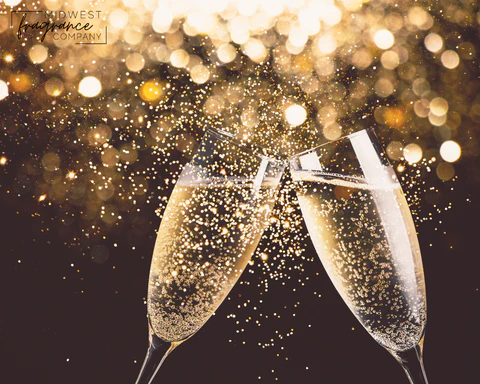Champagne, a sparkling wine produced in the Champagne region of France, is synonymous with luxury, celebration, and sophistication. Its effervescent bubbles, delicate flavors, and elegant presentation have made it a beloved beverage enjoyed around the world.
The Origins of Champagne
The origins of champagne can be traced back to the 17th century, when Benedictine monks in the Champagne region of France began experimenting with winemaking techniques. They discovered that by adding sugar to the fermenting wine, they could create a sparkling wine with carbon dioxide bubbles.
Over time, the Champagne region developed a reputation for producing high-quality sparkling wines, and the term “Champagne” became synonymous with sparkling wine made in this specific region.
The Champagne-Making Process
The Champagne-making process involves several key steps:
- Grape Harvesting: Grapes are harvested by hand during the autumn months.
- Pressing: The grapes are pressed to extract their juice.
- Fermentation: The juice is fermented in stainless steel tanks or oak barrels.
- Blending: Champagne is typically a blend of wines from different vineyards and vintages.
- Second Fermentation: A second fermentation process takes place in the bottle, creating the carbon dioxide bubbles that give Champagne its effervescence.
- Aging: Champagne is aged for a minimum of 15 months before it can be released.
Types of Champagne
There are three main types of Champagne:
- Non-vintage Champagne: This is the most common type of Champagne, made from a blend of wines from different vintages.
- Vintage Champagne: Vintage Champagne is made from grapes from a single year. It is typically more expensive and has a more complex flavor profile.
- Prestige cuvée: Prestige cuvées are the highest quality Champagnes, made from the best grapes from a particular vineyard.
Champagne and Celebrations
Champagne is often associated with celebrations and special occasions. It is a popular choice for weddings, New Year’s Eve, and other festive events. The popping of a Champagne cork is seen as a symbol of celebration and good fortune.
Enjoying Champagne
Champagne is best served chilled, at a temperature between 40-45 degrees Fahrenheit. It is typically served in Champagne flutes, which are tall and narrow glasses that help to preserve the bubbles.
Champagne can be enjoyed on its own or paired with food. It is a versatile beverage that can complement a variety of dishes, from seafood to poultry to desserts.
Champagne is a timeless and elegant beverage that has been enjoyed by people for centuries. Its effervescent bubbles, delicate flavors, and cultural significance have made it a beloved and enduring choice for celebrations and special occasions.
